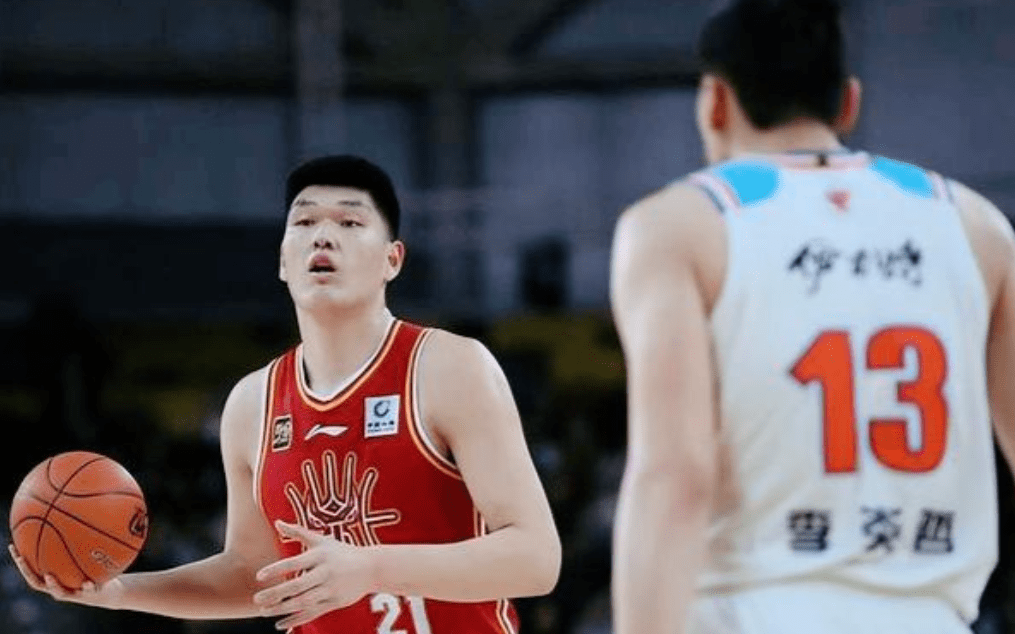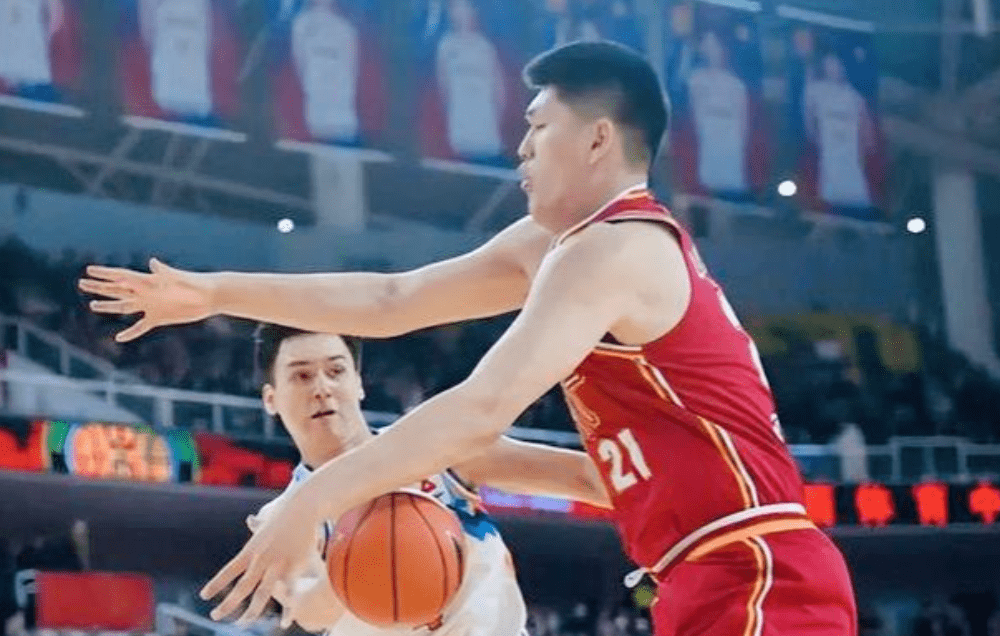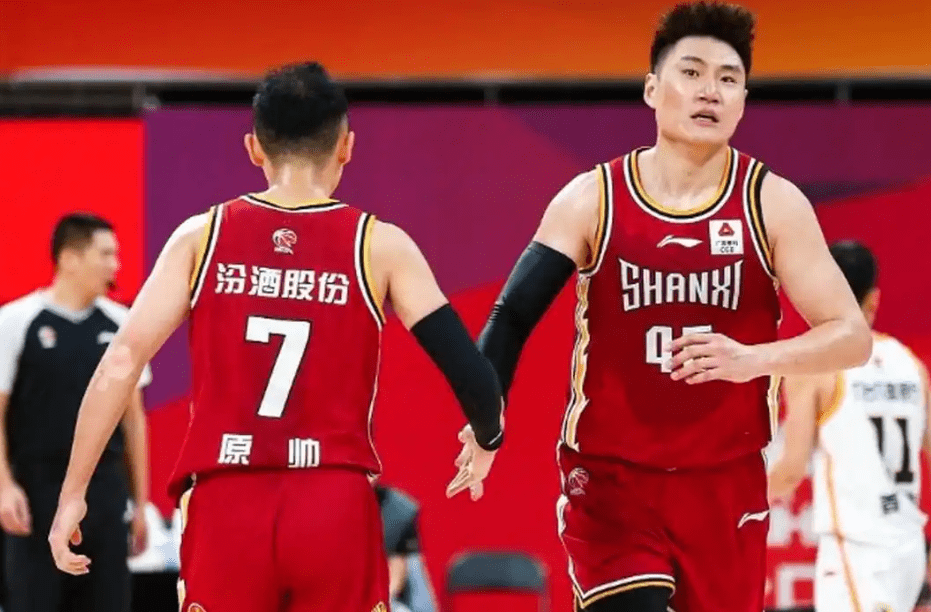A 25-point lead is almost the dividing line between victory and defeat in a basketball game, right? But who would have thought that in the CBA arena, there really could be a team that could be overturned under such a point difference, and the one experiencing all this was Xinjiang Team. With a score of 115:110, Xinjiang Team fell to the amazing comeback of Shanxi Team's "scalpel." This game not only evokes regret but also gives people a "wake-up call" - in basketball games, no matter how much you are ahead, you cannot relax for even the last second.

However, to put it another way, did Xinjiang Team's collapse from a significant lead in the third quarter to the final disaster really just result from Shanxi Team's miraculous performance? Perhaps there are some unknown key reasons behind it. Let's dissect it layer by layer and see how this classic reversal match, which makes people feel mixed emotions, was "directed."

First, let's talk about the winners. Shanxi Team was almost completely helpless in the first three quarters, with an absurdly low three-point shooting percentage of only 13.9%! Yet, it was such a seemingly lifeless team that found the key to a "desperate counterattack" in the last quarter. In the first five minutes after the start of the fourth quarter, they launched a 16:0 wave, completely dragging the rhythm back into their own hands.

Can you imagine? Xinjiang Team was like a tiger descending from the mountain in the first three quarters, but in the fourth quarter, they completely "lost power," while Shanxi Team changed like a different team: high-intensity full-court pressing, defensive counterattacks, and launching fast breaks immediately after each successful defense. The entire pace became lightning-fast, catching Xinjiang Team off guard. Especially in the last 45.8 seconds of the game, Shanxi Team not only completed their first lead of the game but also locked in the victory through a crucial offensive rebound and free throws.

Among them, two core interior players of Shanxi Team must be mentioned: Liu Chuanxing and Han Peiyu. Despite their poor three-point shooting, they stood out in the final moments with their height, strength, and precise interior scoring. Liu Chuanxing delivered a decisive assist that decided the game, while Han Peiyu used his rebounding advantage and key put-backs to snatch the victory back.

Why did Xinjiang Team collapse with a 25-point lead? This question is probably not just the problem of head coach Liu Wei, but he indeed bears a heavy responsibility.

Let's first look at Xinjiang Team's performance in the first three quarters. Their three-point shooting percentage was as high as 50%, with multiple points blooming, and their quick counterattacks left Shanxi Team's defense almost powerless. A huge advantage of once leading by 25 points is almost a sure-win rhythm in any game.

But the problem lies in the fact that this fast-paced style of play actually consumes a lot of physical energy from the players, and Xinjiang Team clearly had problems with their main rotation. Liu Wei did not make reasonable rotations for the main players in the second half of the third quarter, overly relying on the state of the core players, and lacking trust in the bench, resulting in physical exhaustion and performance decline in the fourth quarter.

Moreover, Xinjiang Team's lineup was severely incomplete in this game. Zhao Rui was absent due to suspension, the frontcourt general Qi Lin was unable to play due to injury, and although Abudu Salamu returned, it was obvious that he had not yet recovered to his best condition. This made Xinjiang Team's offense overly dependent on foreign aid Peterson, and the disadvantage in the interior defense was further magnified in the fourth quarter.
When Shanxi Team chased 16 points consecutively after the start of the fourth quarter, Liu Wei failed to call a timeout in time to make adjustments, instead choosing to continue playing fast counterattacks. This choice seemed to hope to stabilize the situation through a wave of "gun battles" at the time, but it actually made Xinjiang Team's offense and defense even more chaotic. Especially in the final critical moments of the fourth quarter, Peterson's hasty long-range shot directly handed the initiative of the game to Shanxi Team, exposing Xinjiang Team's impatience.
"The visible offense and the invisible tactical gap" may be the biggest problem in Xinjiang Team's collapse.
This game can be called a victory for interior players, especially Shanxi Team's performance, which is eye-catching. When their outside shooting was cold, their interior players filled the scoring gap bit by bit through strong plays under the basket, rebounds, and free throws. Liu Chuanxing and Han Peiyu not only shone in scoring but also changed the rhythm of the game through rebounds and defense in the key moments.
On the other hand, Xinjiang Team's interior could still maintain dominance in the third quarter, but in the fourth quarter, they were completely exhausted and suppressed. The absence of Xinjiang Team's main players further exposed this disadvantage - once the outside firepower went out, the interior could no longer provide enough support.
This game can be called a classic reversal case in CBA history. It is not only Shanxi Team completing an incredible victory but also exposing the truth of a basketball game - no matter how much you are ahead, details are always the key to victory. Shanxi Team's victory lies in their "never give up" spirit and the firm execution of defensive counterattack tactics in the last quarter. Xinjiang Team's loss reminds every team: being ahead does not equal victory, especially in tactical adjustments and psychological construction, one cannot be careless.
The result of the game is always cruel, but from this "25-point miracle reversal," we see not only the competition of skills and tactics but also the infinite possibilities of basketball. Even on the edge of the cliff, one can still find a way forward, perhaps this is the true charm of basketball.